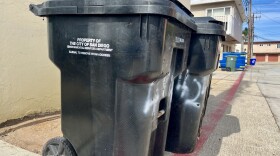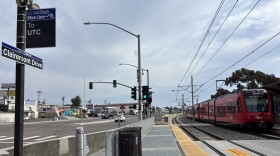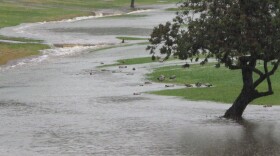Imagine for a second that the San Andres and San Gabriel faults erupted in the same moment. The result could devastate Southern California.
That’s what happened off the coast of Indonesia in April of this year. The earthquake was too far from the land to cause any destruction, and no one was hurt, but the result was an 8.1 magnitude quake, the largest of its type that scientists had ever seen.
Now researchers at Caltech in Pasadena are wondering if that could happen in Southern California. They’re looking at the faults to see if any similar phenomena has happened over the past thousand or so years.
Joann Stock, professor of geology and geophysics, said there are very distinct differences between the faults under the Indian Ocean and the California faults. Still, the team's interest is now spiked.
“We couldn’t rule it out. If we found that it had happened here we would be a lot more nervous,” she said.
In light of the Indonesian quake, researchers say the possibility of an eruption along multiple fault lines here, and with it the devastating consequences across our region, is now ripe for study.






